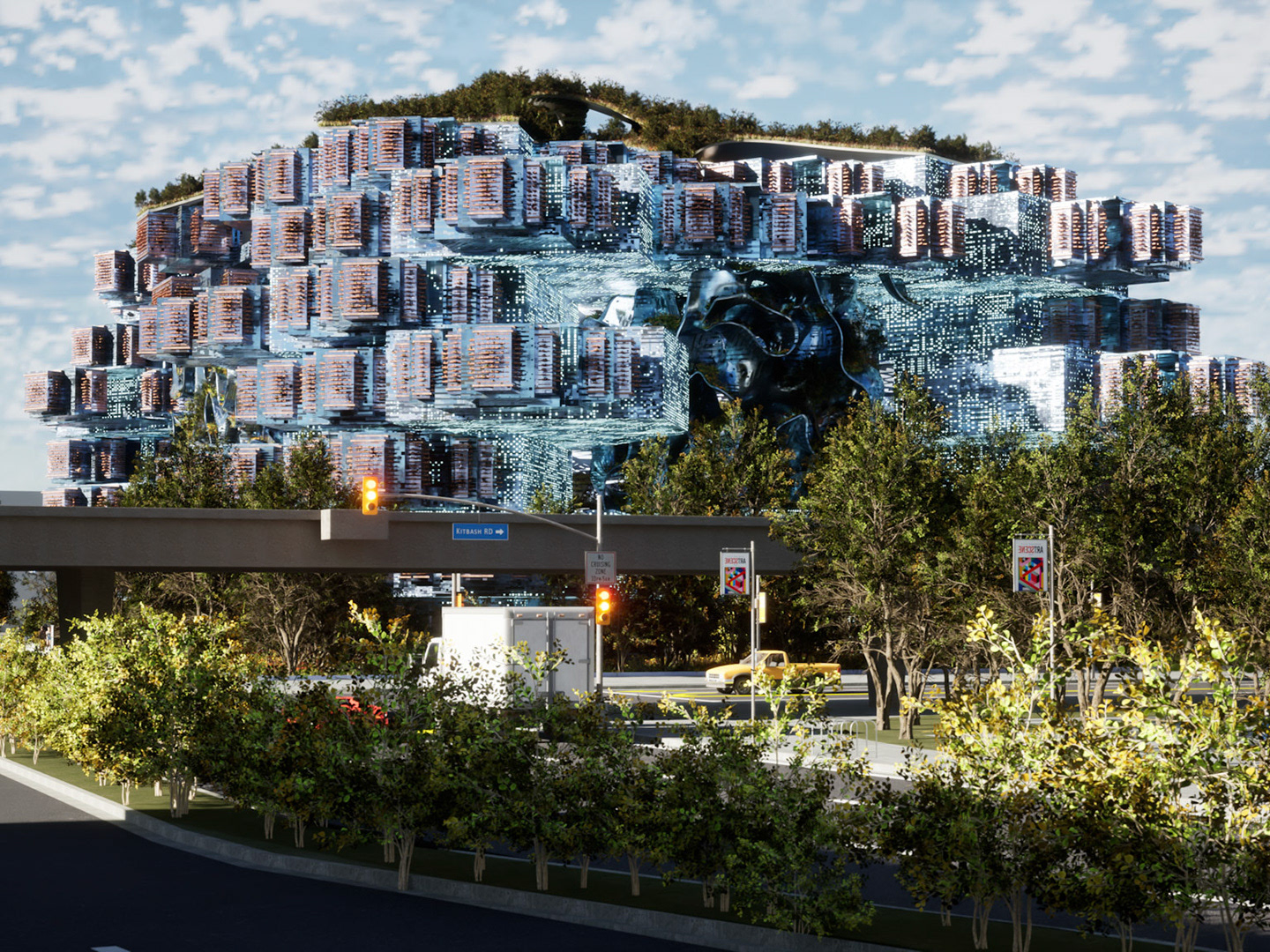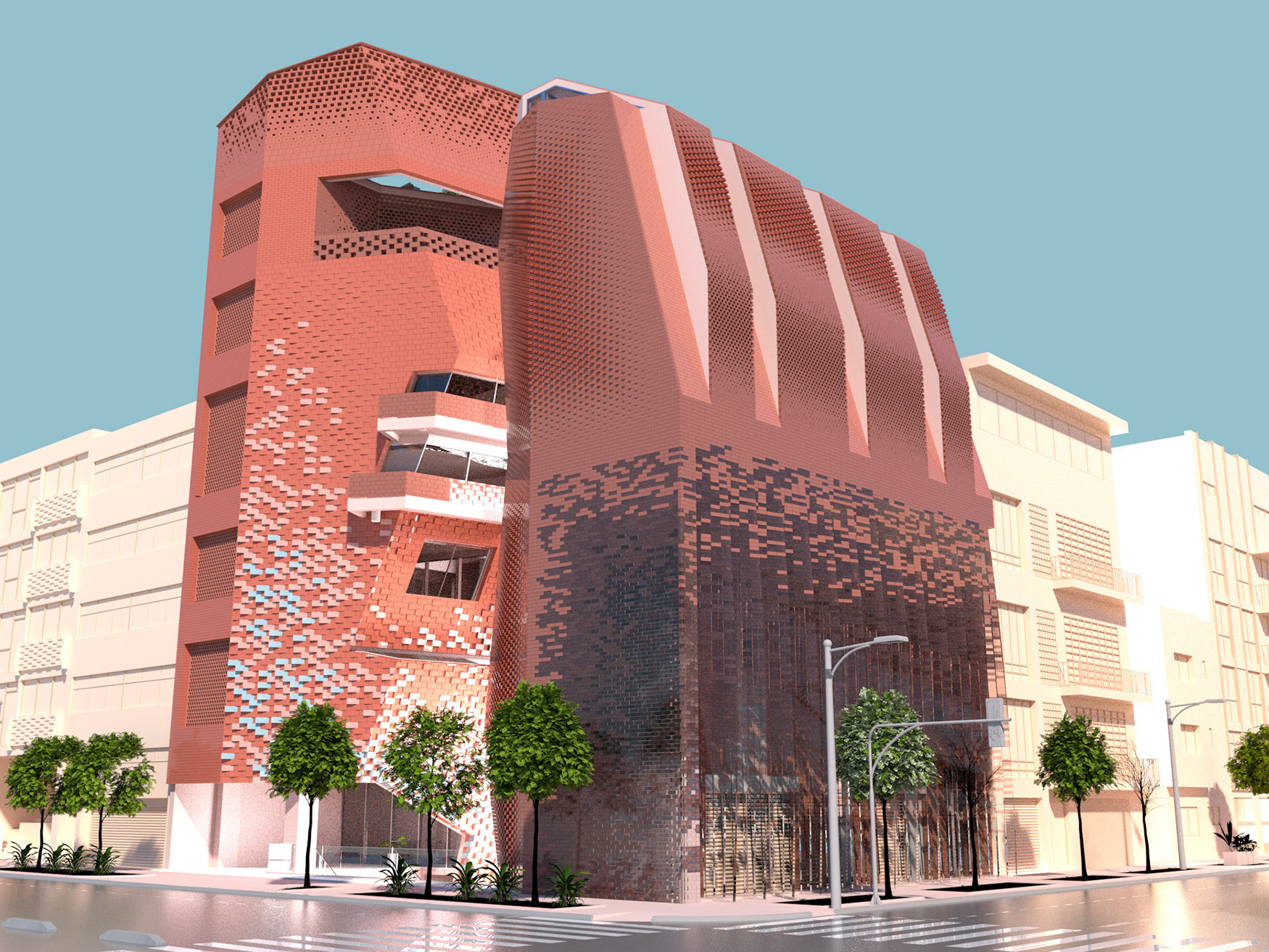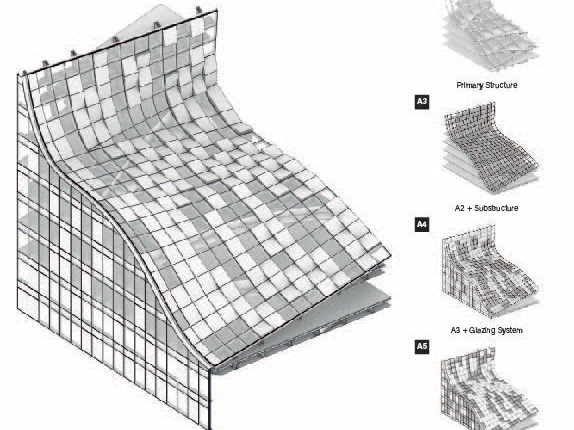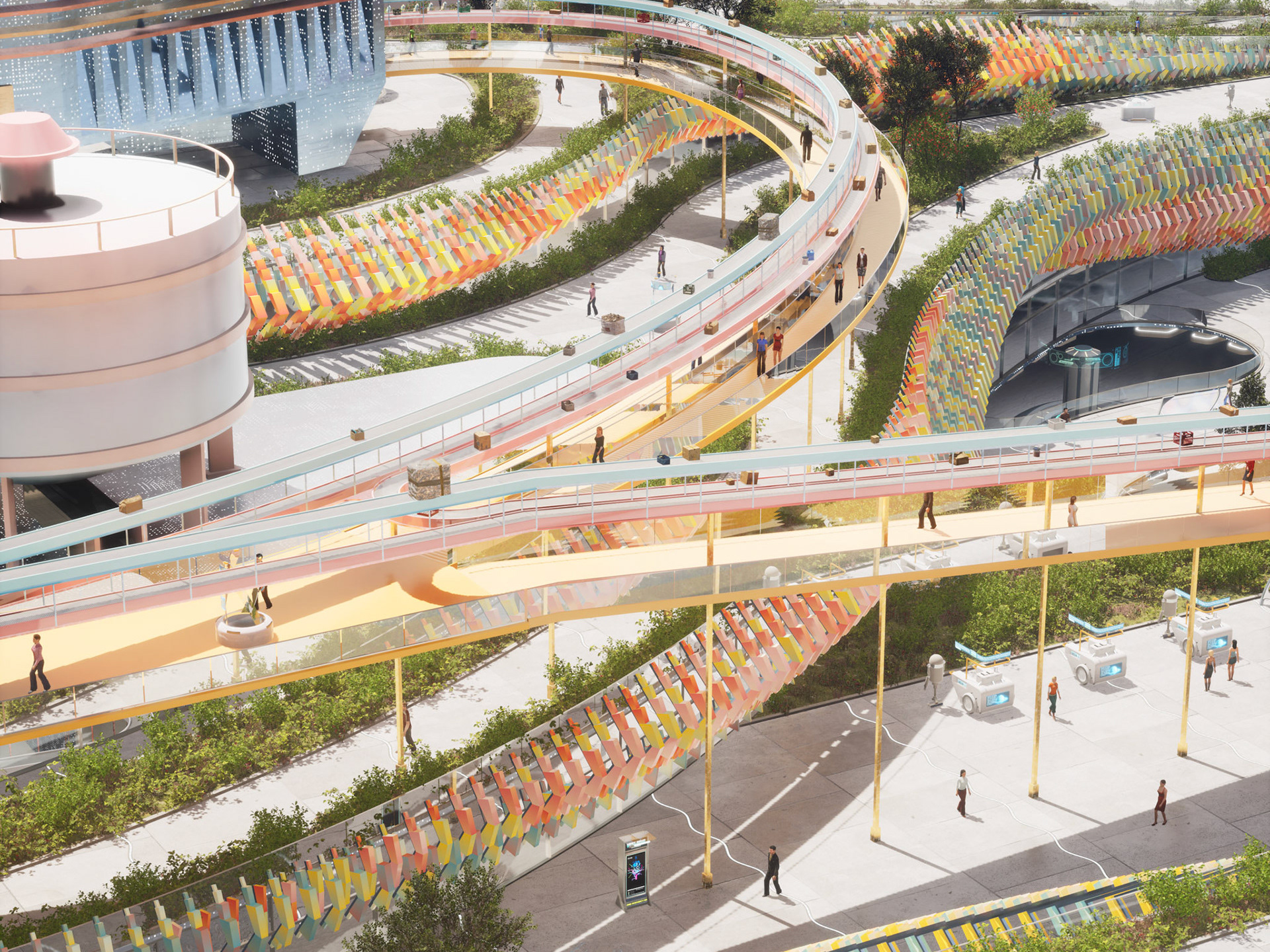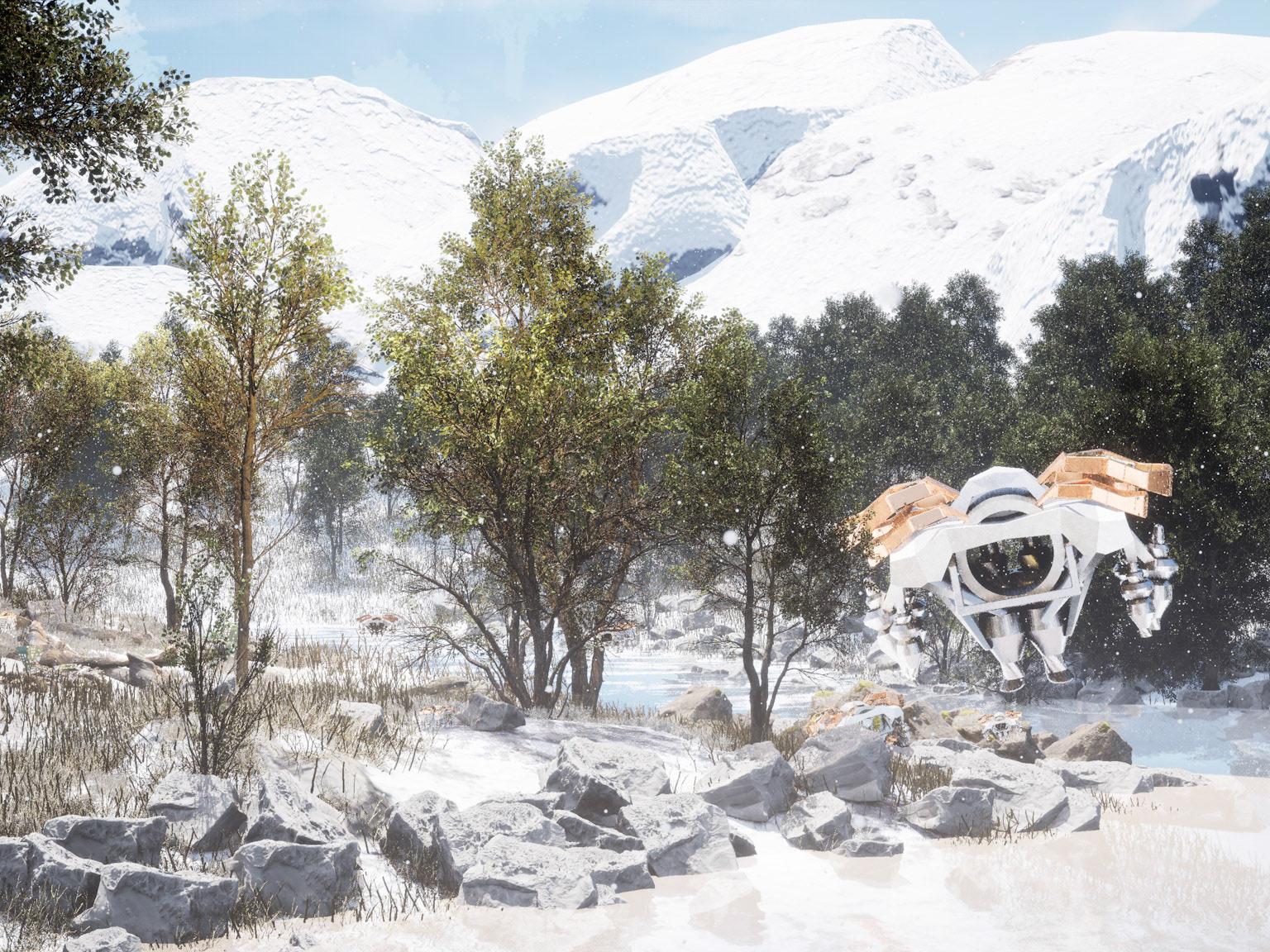It comes up against the reality of a history that can only be read and interpreted today on the scale of mineralogical, climatological, and geological time, on the pan-cosmic temporal scale of the universe. “-Achille Mbembe
Humans drive most of the ups and downs in freshwater storage at Earth’s surface. For example, hydroelectric operation causes unusual water level fluctuations in reservoirs and dams. Water-level fluctuations in lakes and rivers, especially the extent, frequency, and duration, are the dominant forces controlling the function of the ecosystems. Additionally, climate change’s effects are anticipated to alter the functioning of water in regions differentially. Therefore, the research center at the Ascot Reservoir serves as an experimental field to improve the relationship between water-level changes and ecological response.
The Ascot Reservoir provides a mechanical system that enables researchers to control water-level fluctuations. Researchers can then record its impact on the local ecosystem, seeking a comprehensive solution to the environmental problem.
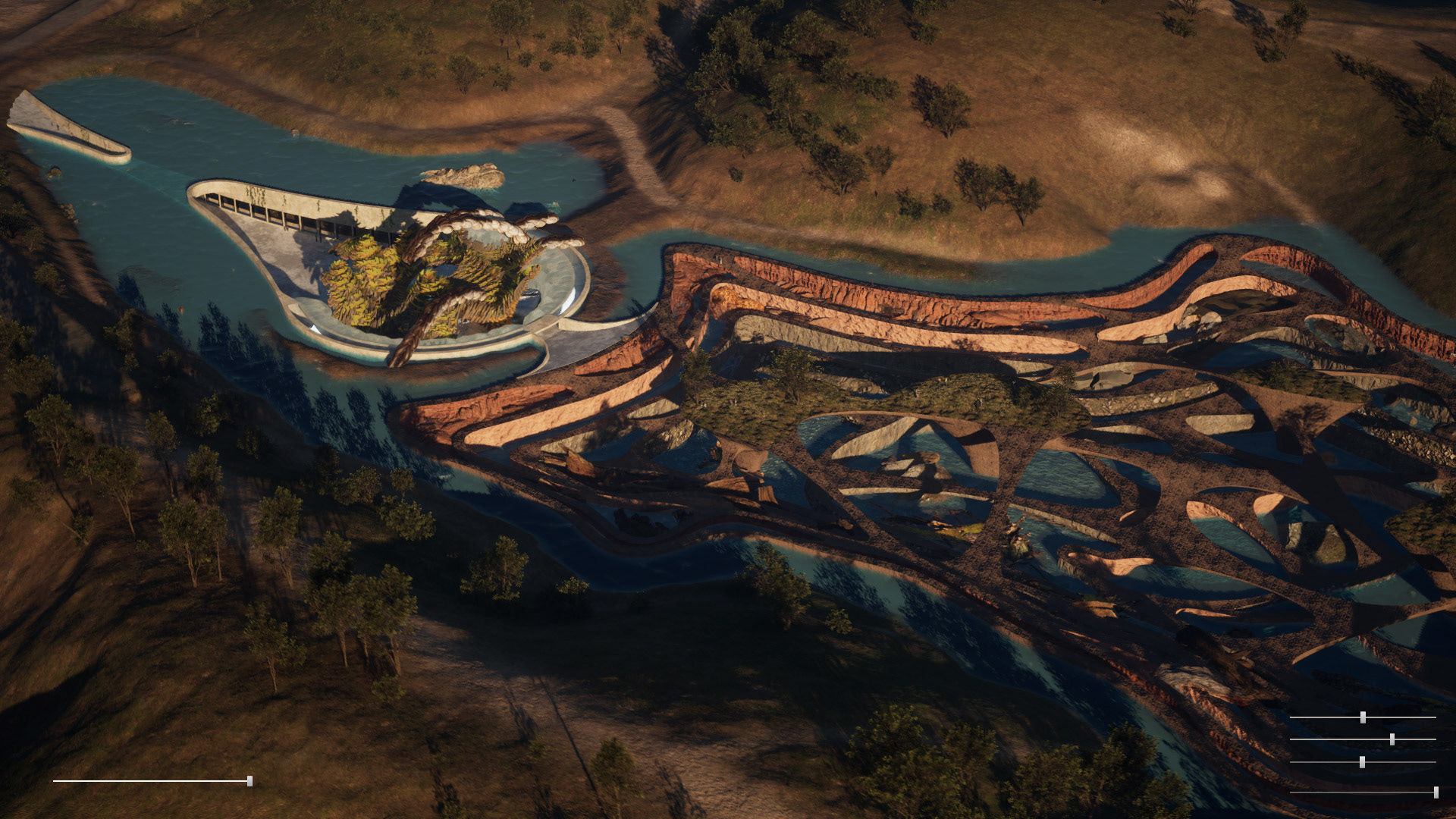

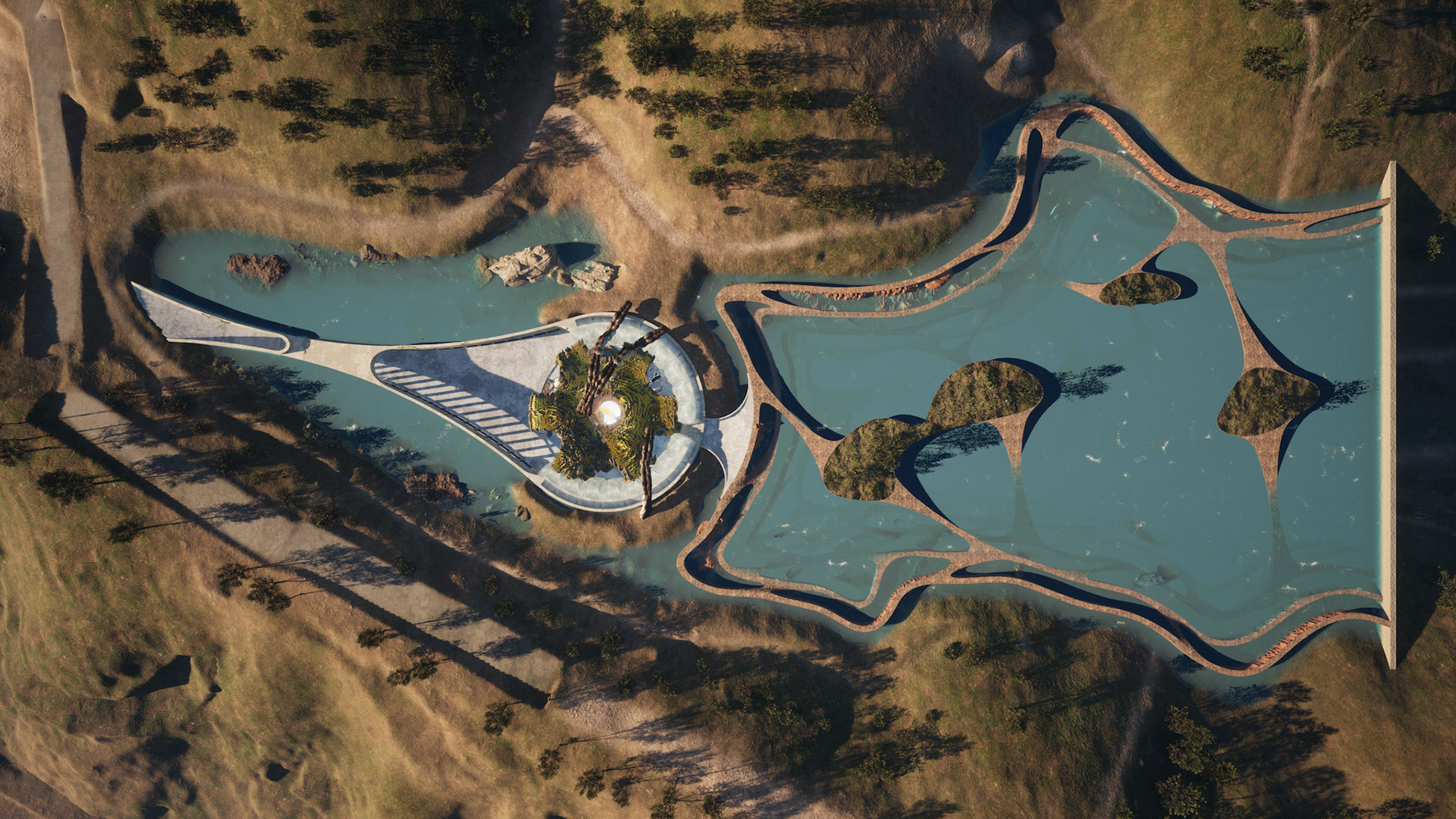
Underwater Terraces
As the water level recedes, a breathtaking sight unfolds before visitors - underwater terraces emerge, inviting them to traverse along the edges. Each terrace, rising three meters in height, doubles as an underwater natural history museum, boasting an impressive art collection showcasing the environmental treasures surrounding Ascot Hill.
This unique outdoor museum offers visitors a distinct learning experience amidst nature's wonders. They can delight in the playful embrace of water and climb the magnificent rocks along the designated route. The interplay of water fluctuation, various creatures, and rugged rocks transforms each pool into a dynamic micro-environment, a living canvas of nature's constant changes.
Beyond the enchanting scenery, the site expertly magnifies the allure of seemingly minor elements like leaves and snails, magnifying their charm to captivate visitors' attention. By doing so, this immersive encounter allows visitors to appreciate the often-overlooked textures and intricacies that define the true essence of the location.
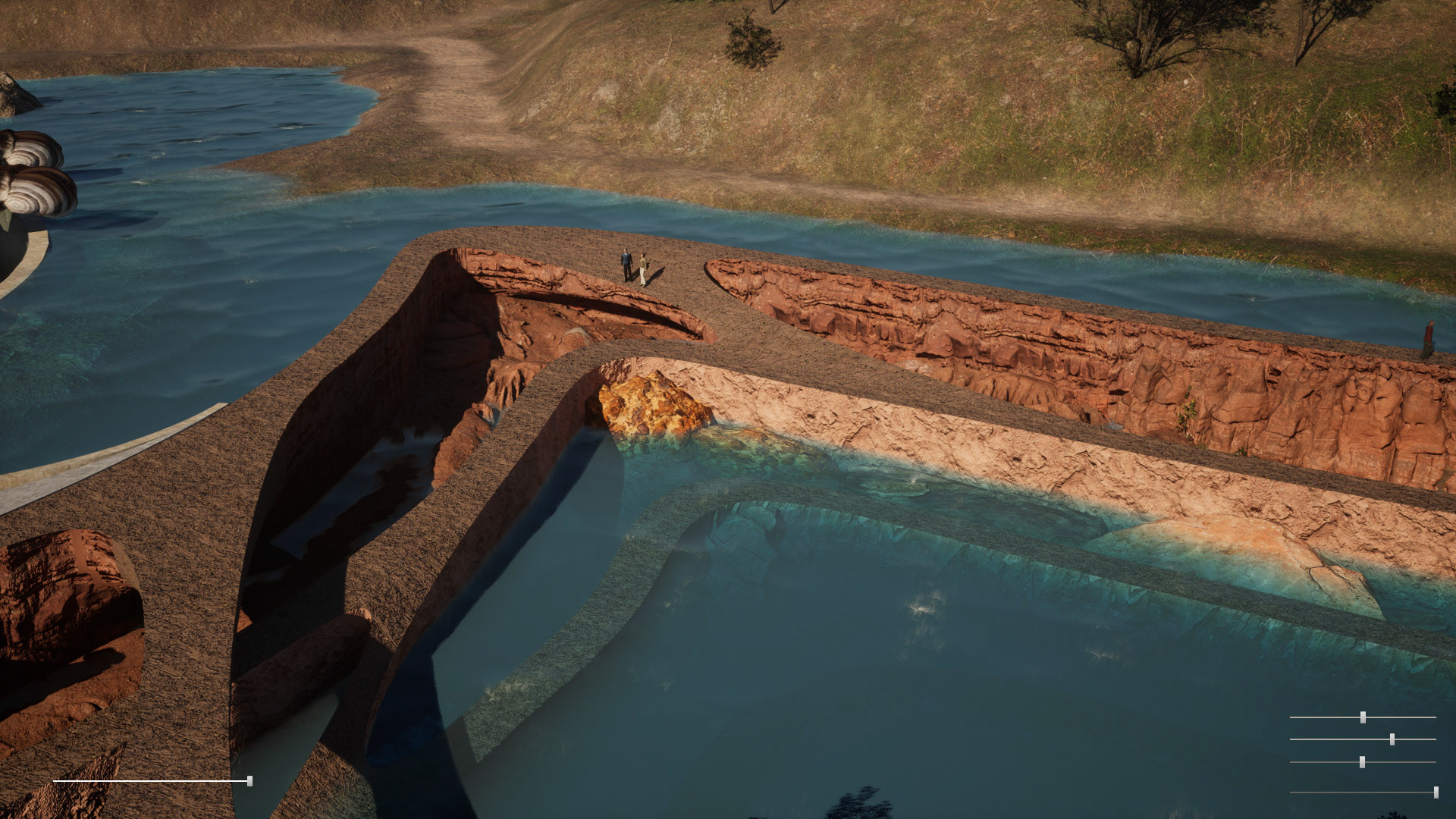
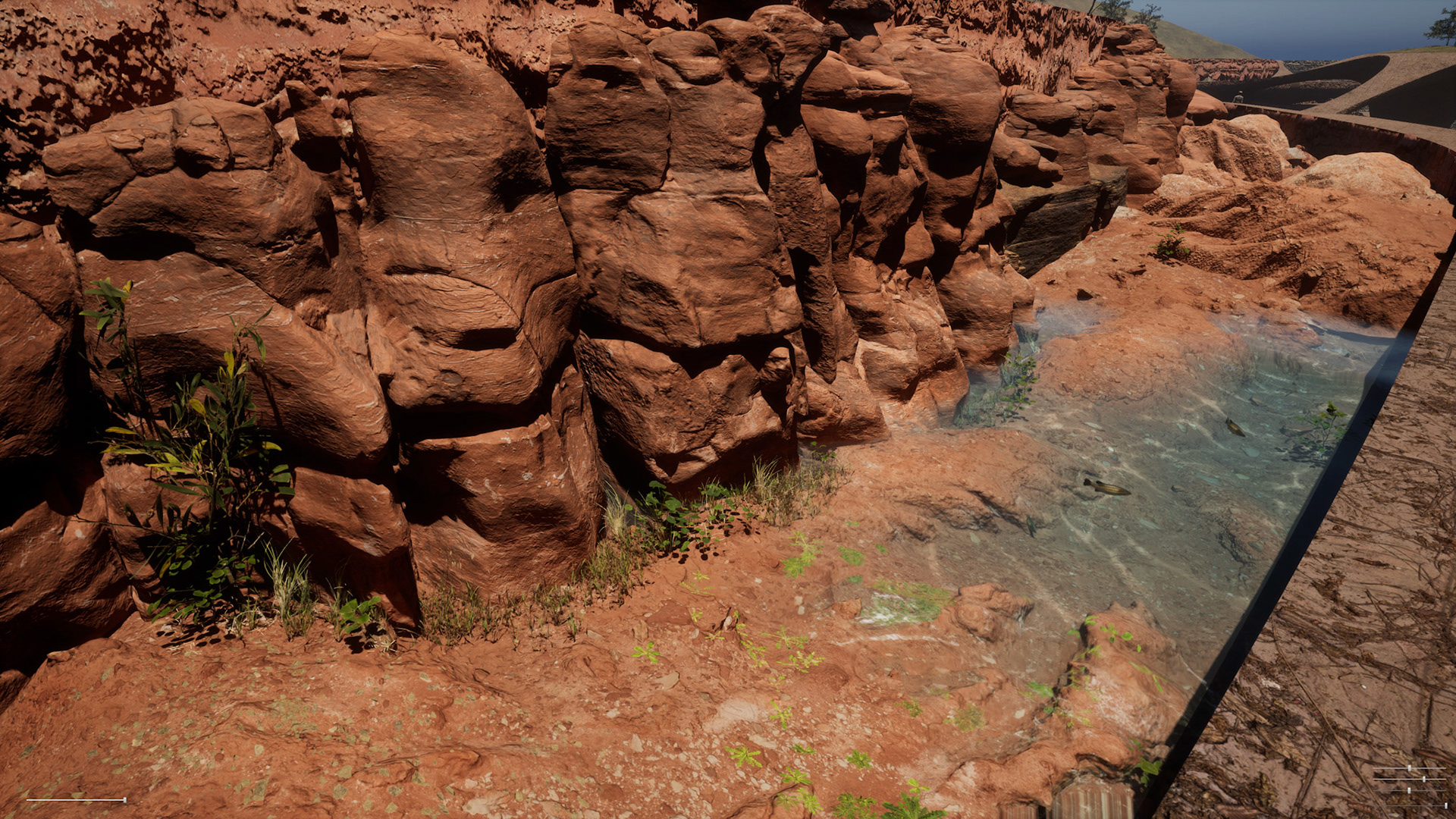
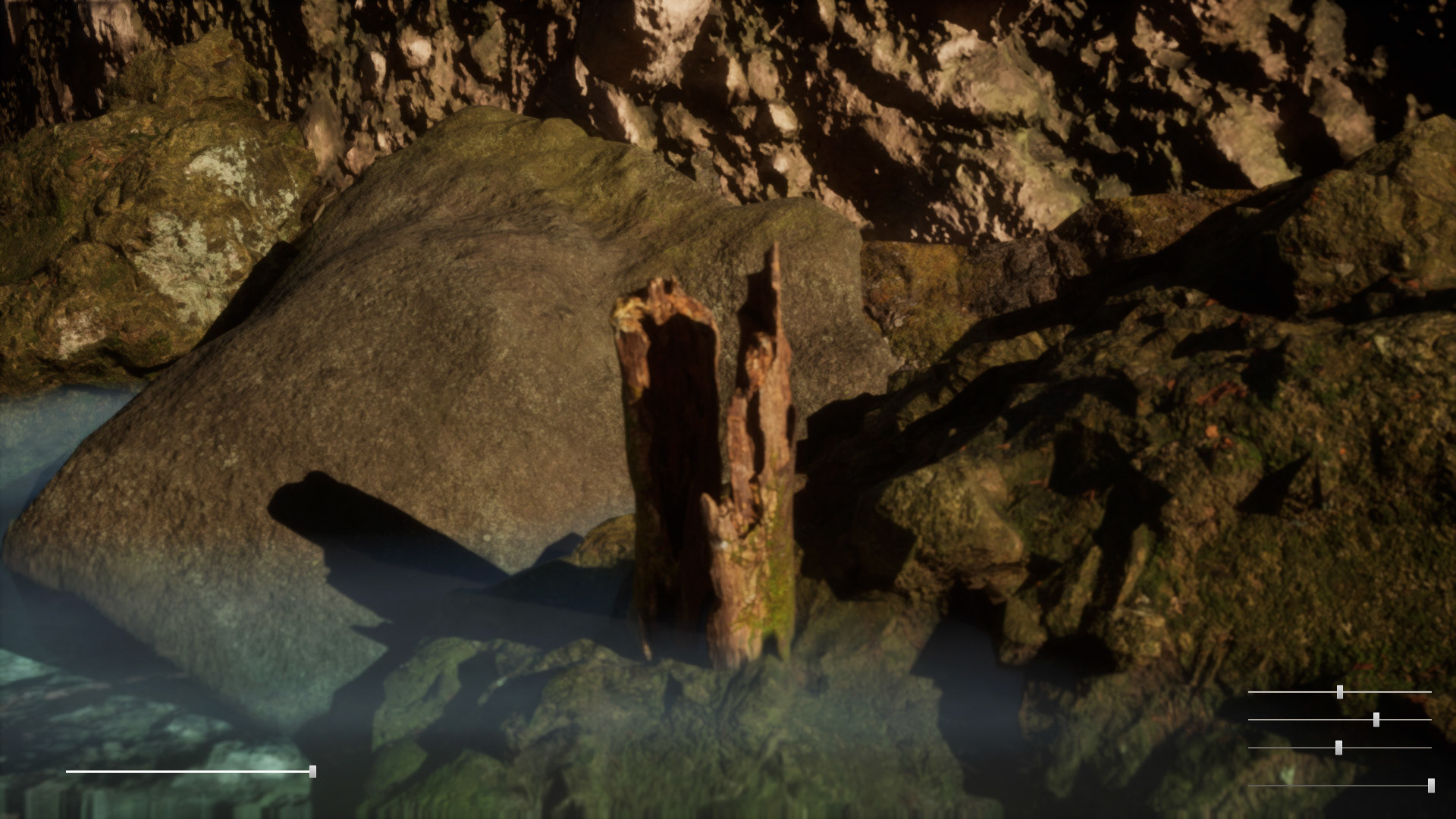
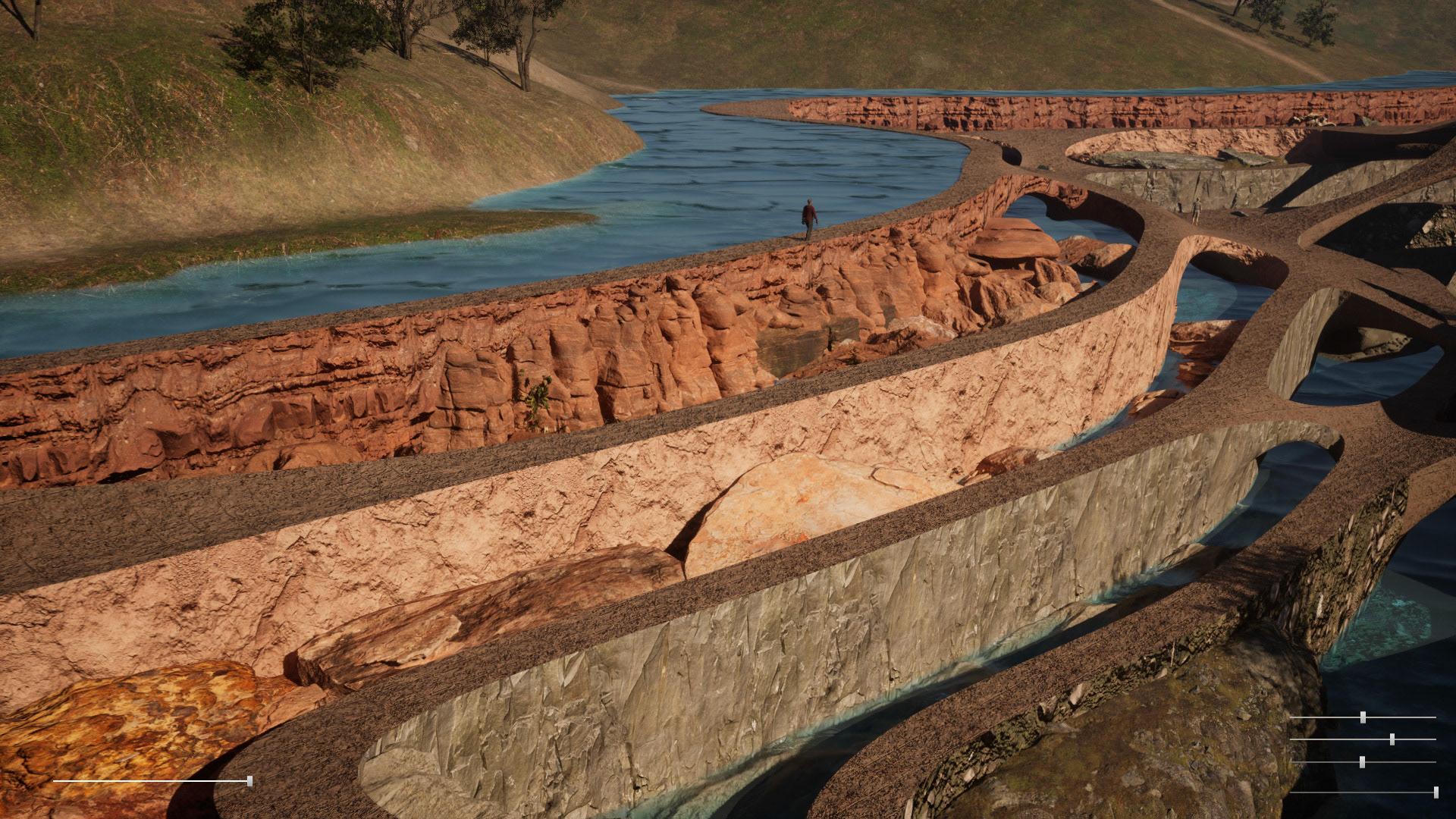
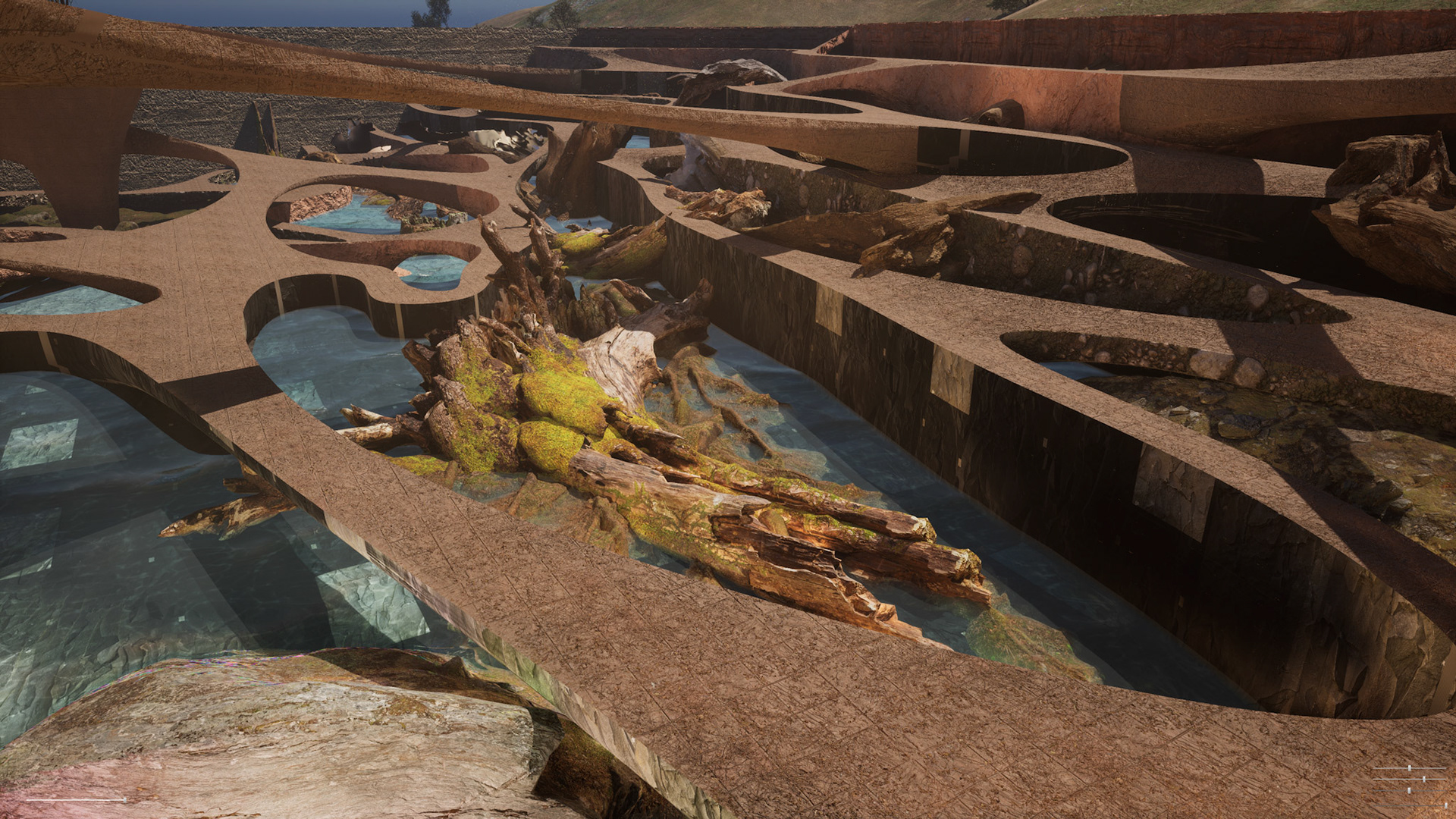
Research Center
The research center ingeniously occupies the space atop the existing water tank, while below, a series of terraces offer experimental fields and water-experiencing areas for curious visitors. Embodying an organic design philosophy, the center's architecture seamlessly blends assets collected from the site, which have been meticulously scanned and integrated into materials like concrete and metal.
To provide visitors with a preview of the reservoir experience, an intuitive user interface on the screen allows real-time environmental control, engaging them in interactive gameplay. Initially, the untrained eye might struggle to recognize the forms due to the absence of corresponding natural materials and textures. However, upon drawing near, these assets astonishingly reveal their original natural textures, rewarding the inquisitive explorer with a deeper connection to the surroundings. As visitors delve further into their journey, they are rewarded with the discovery of more locally-sourced materials and forms, fostering an unceasing desire to explore the building's intricate design.
This interactive approach serves as an open invitation for visitors to engage with the architecture actively. As materials transform and communicate with users, the space becomes a canvas for imagination, inviting them to reconsider the local geological features and the rich environmental history that extends across time and space. The immersive experience created within the research center sparks a profound understanding of the interplay between humanity, nature, and the built environment, leaving visitors with a lasting appreciation for the remarkable harmony achieved within this exceptional space.
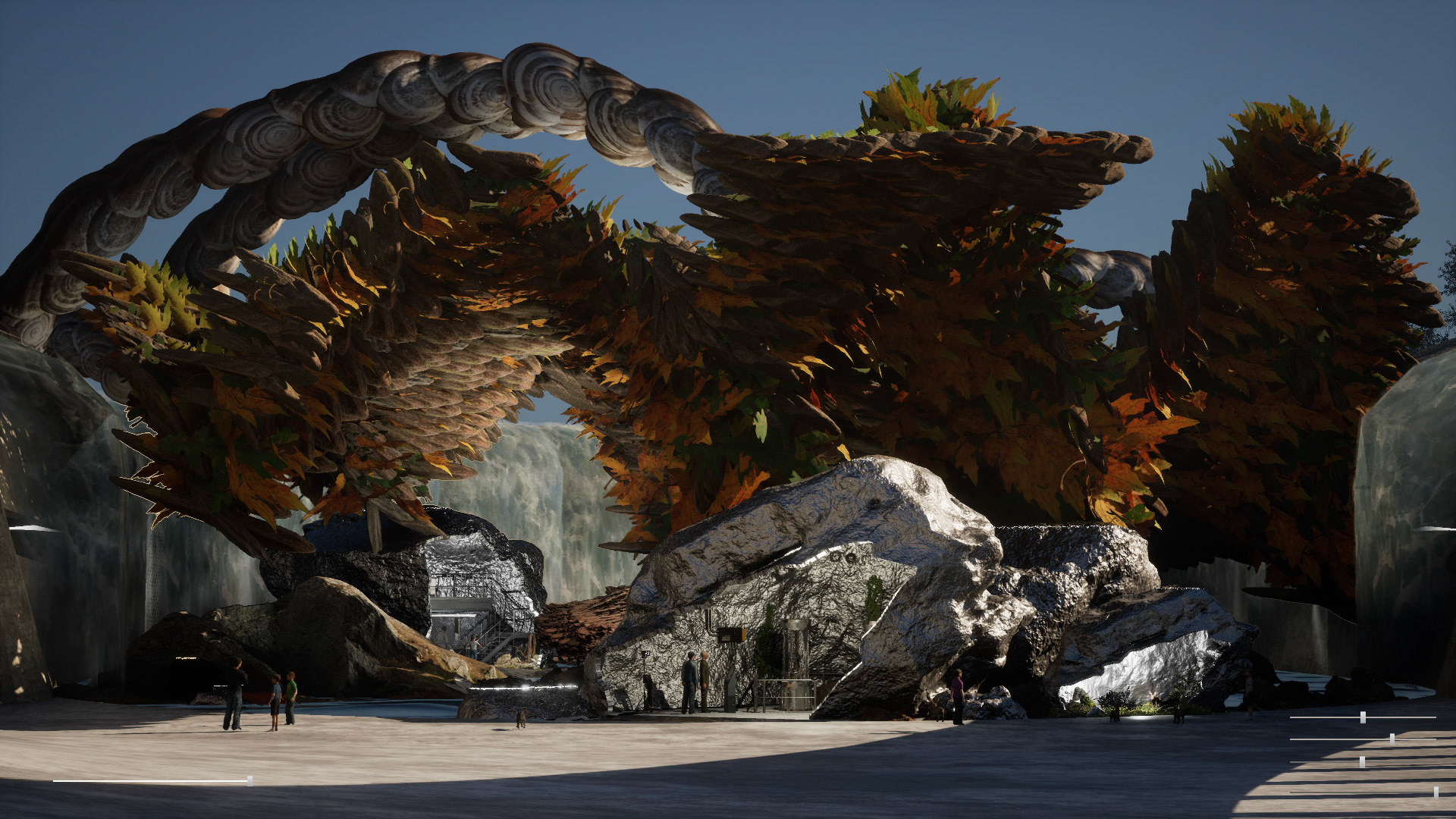
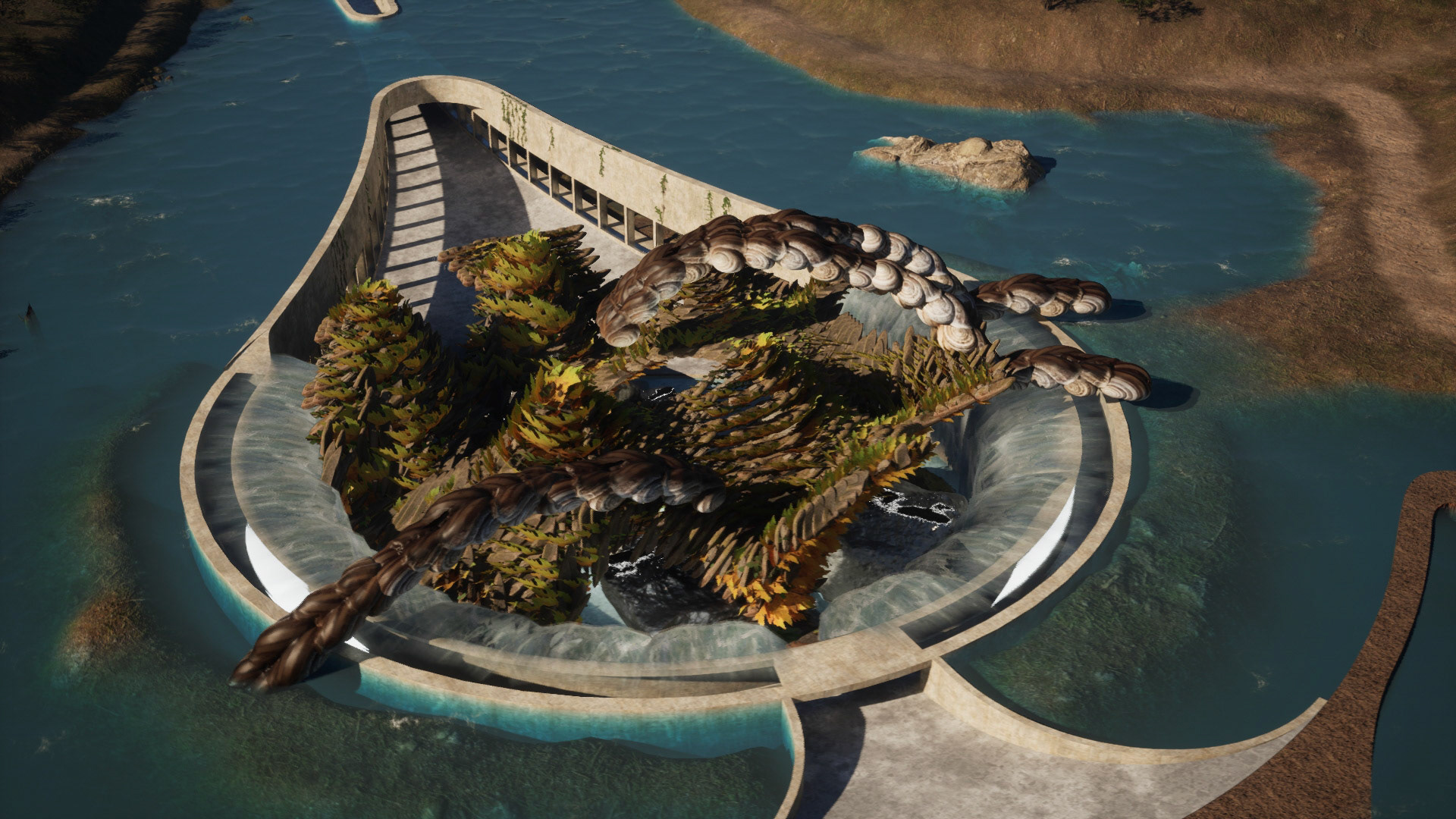
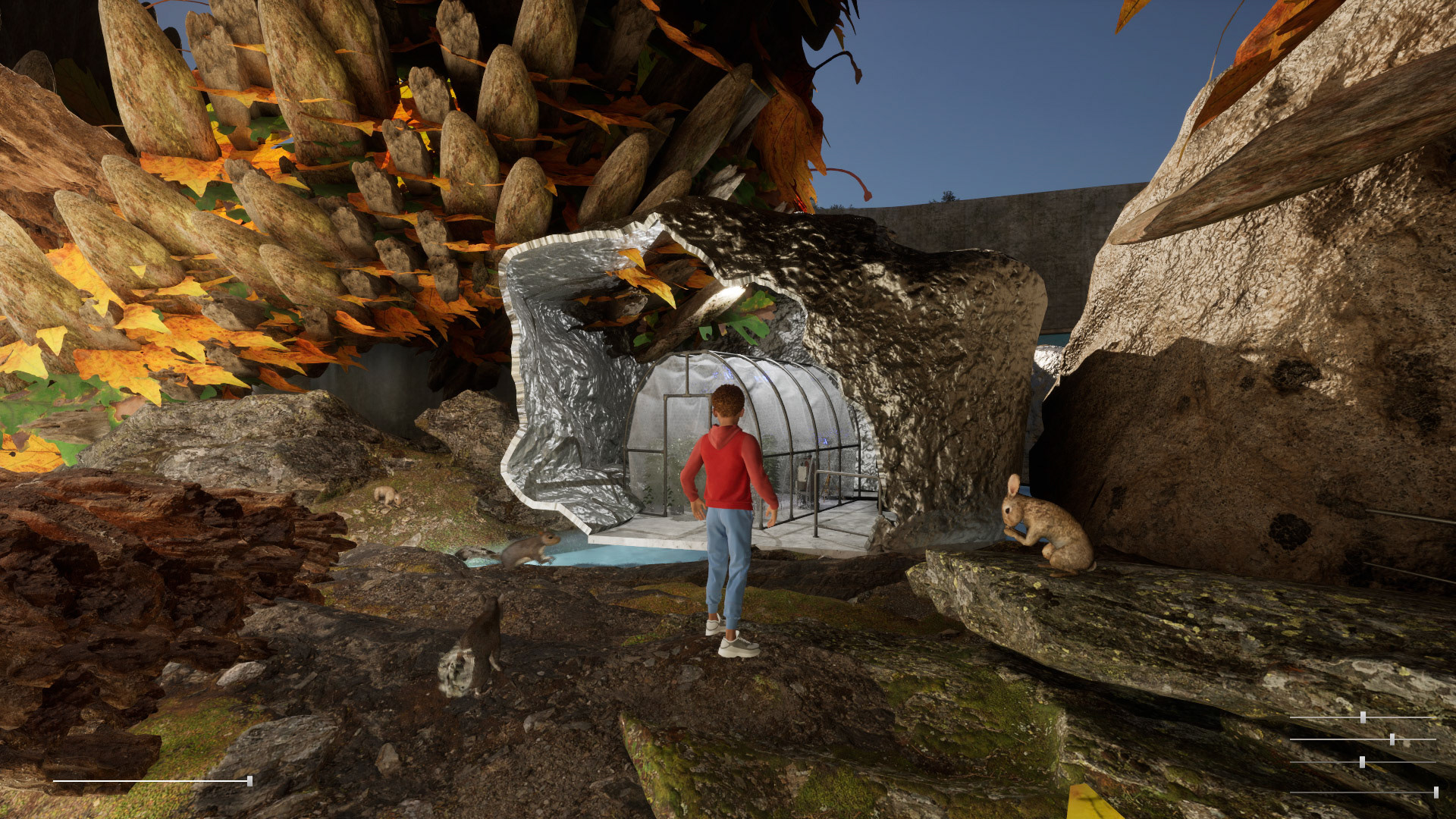
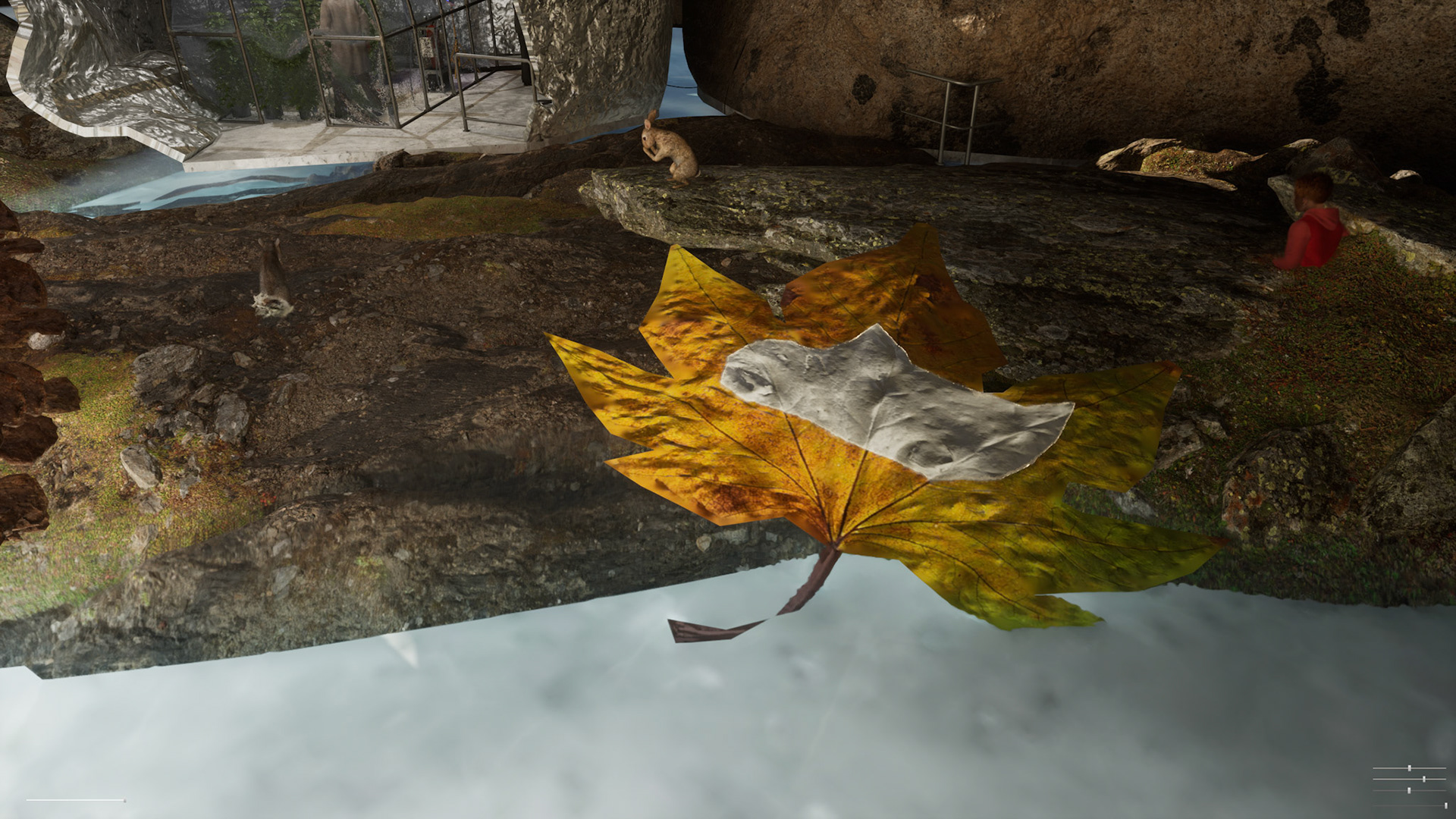
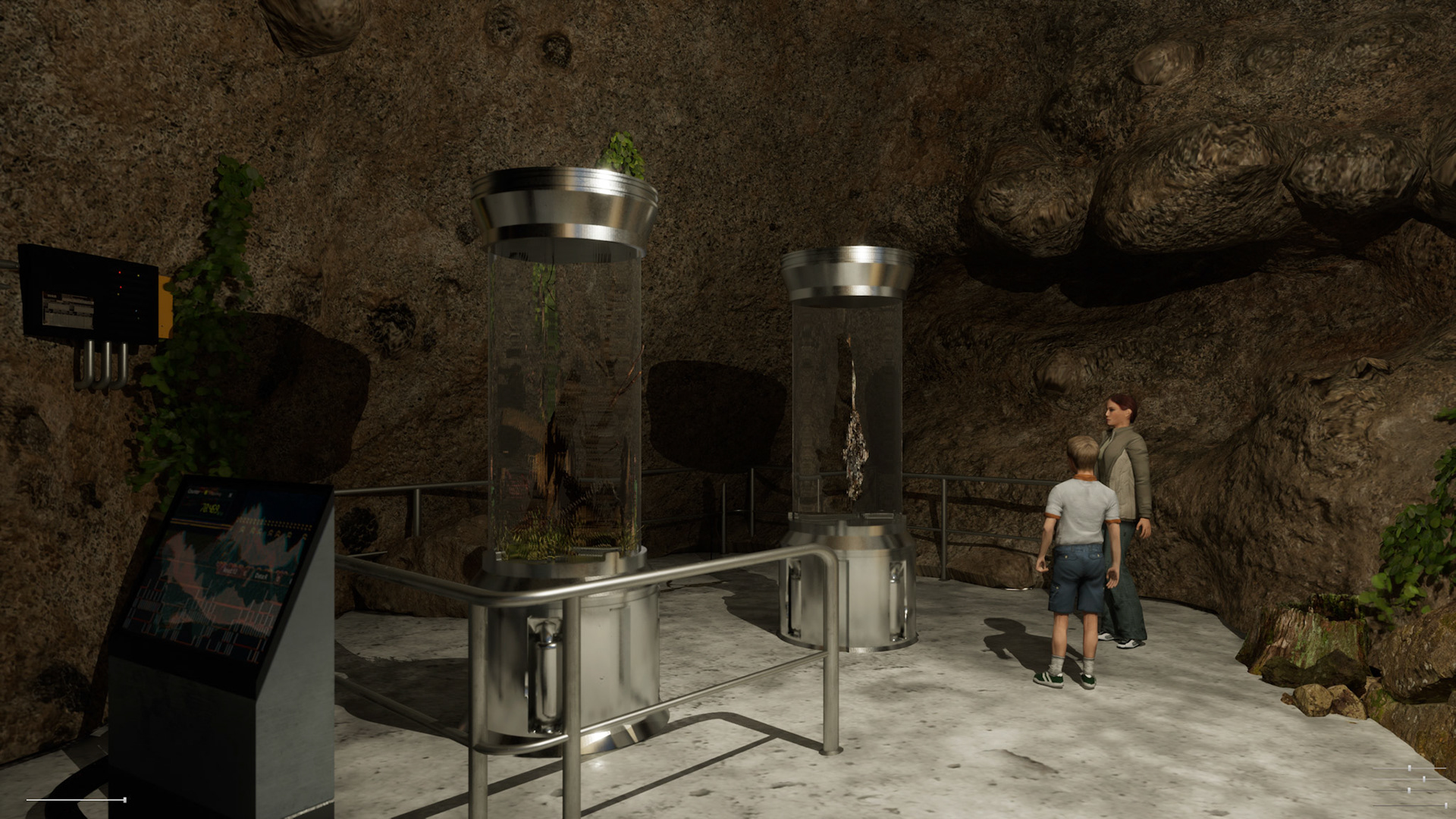
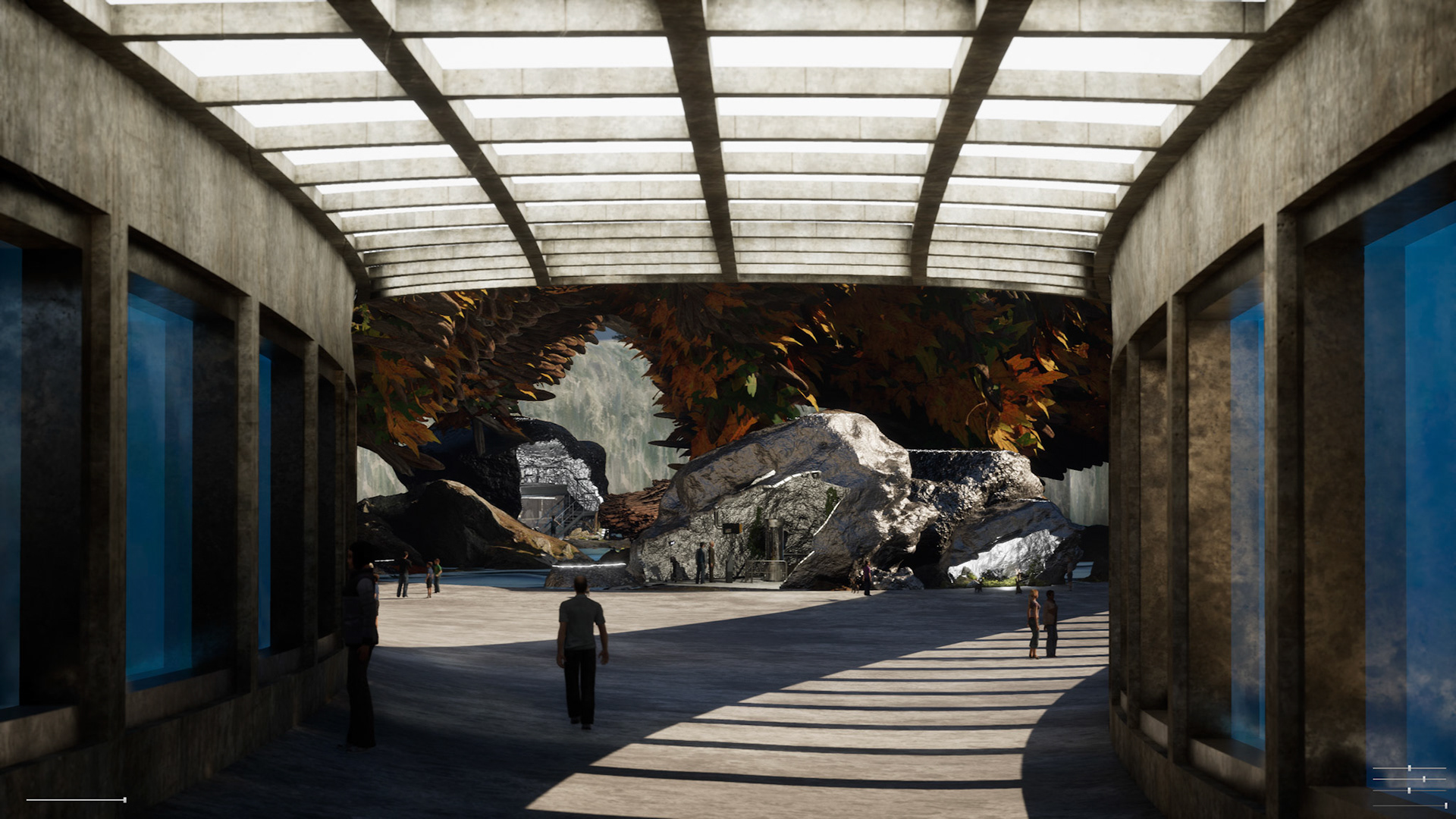
Micro-World
The reservoir exerts a profound impact on the physical, chemical, and biological properties of the local environment. To grasp the intricate interactions between non-human assets and this unique aquatic ecosystem, a comprehensive understanding becomes imperative.
With careful deliberation, each micro-environment has been thoughtfully designed to provide a comfortable habitat for various animals. These designs take into account crucial environmental factors, including the integration of suitable vegetation and ground materials. By harmonizing these elements, the micro-environments create a conducive and balanced space for the diverse array of creatures that call the reservoir home.
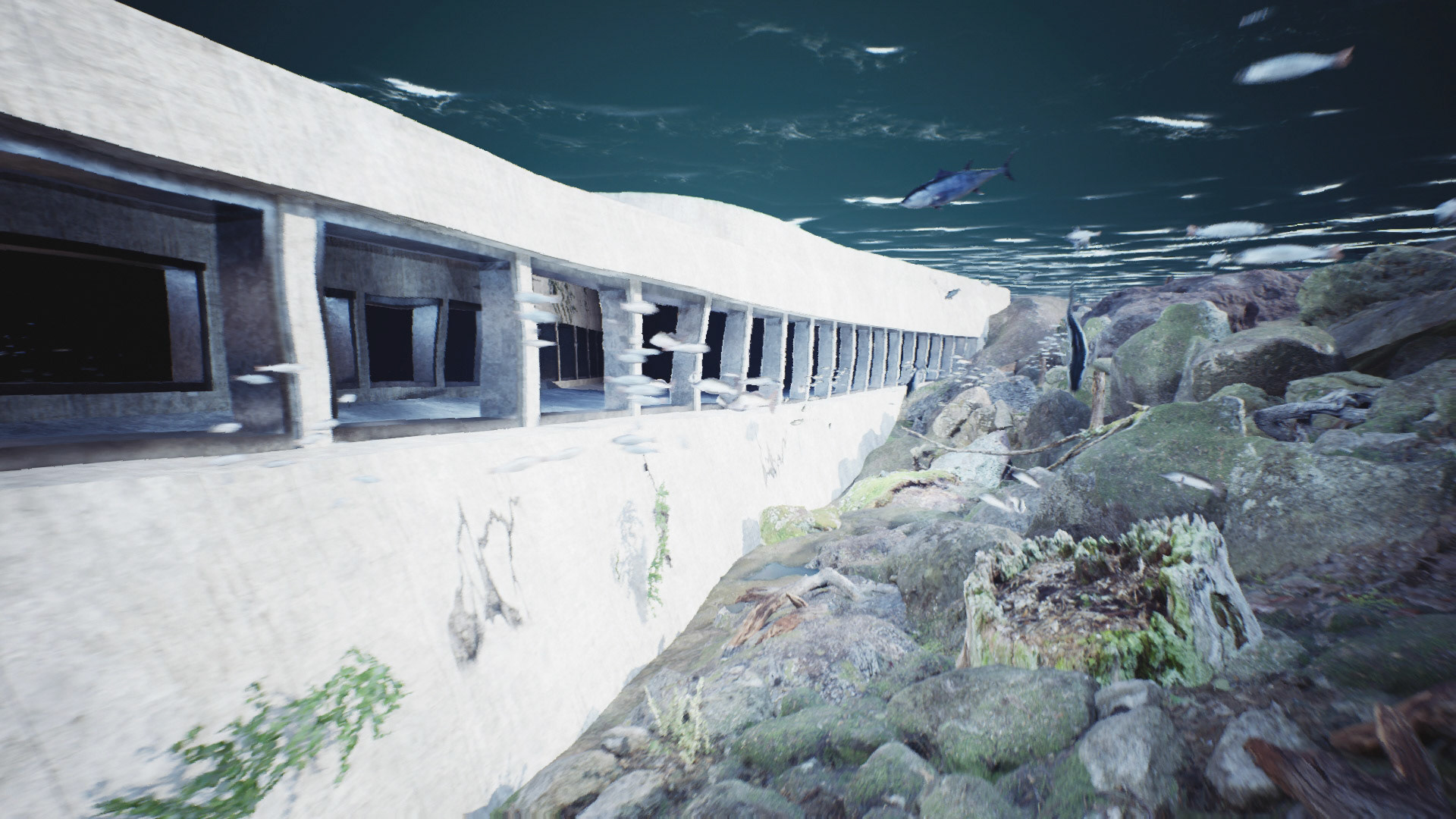
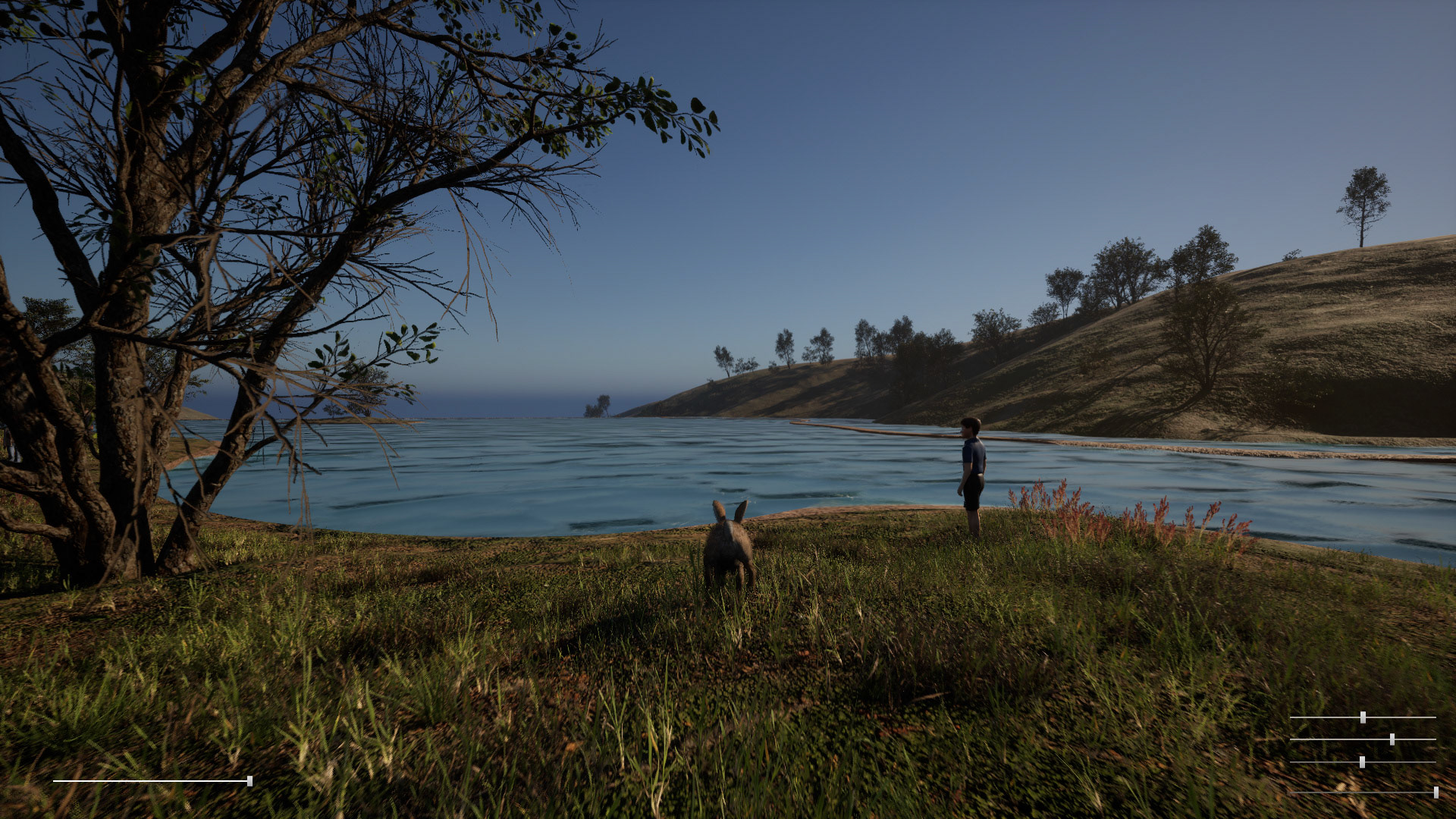
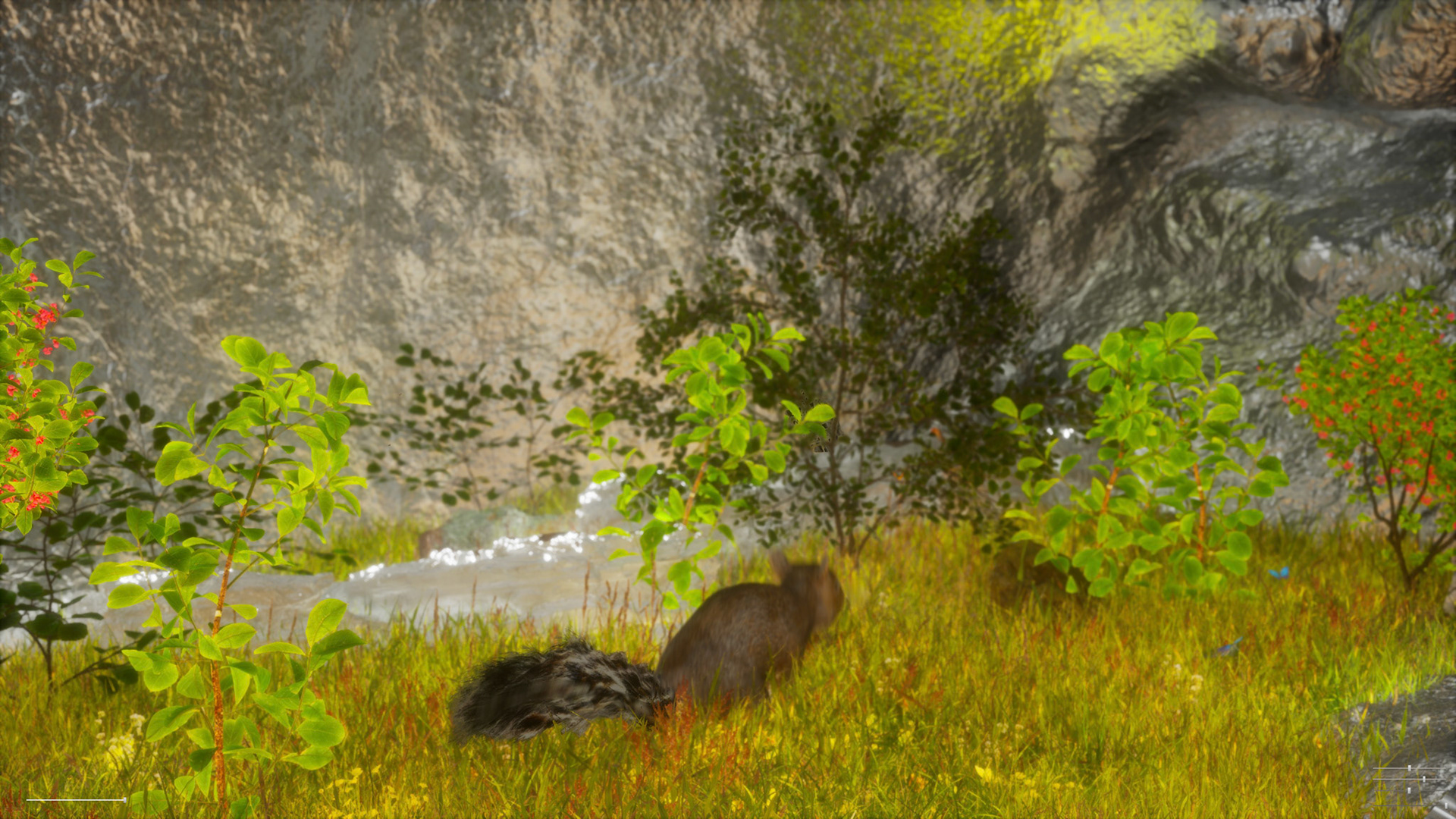
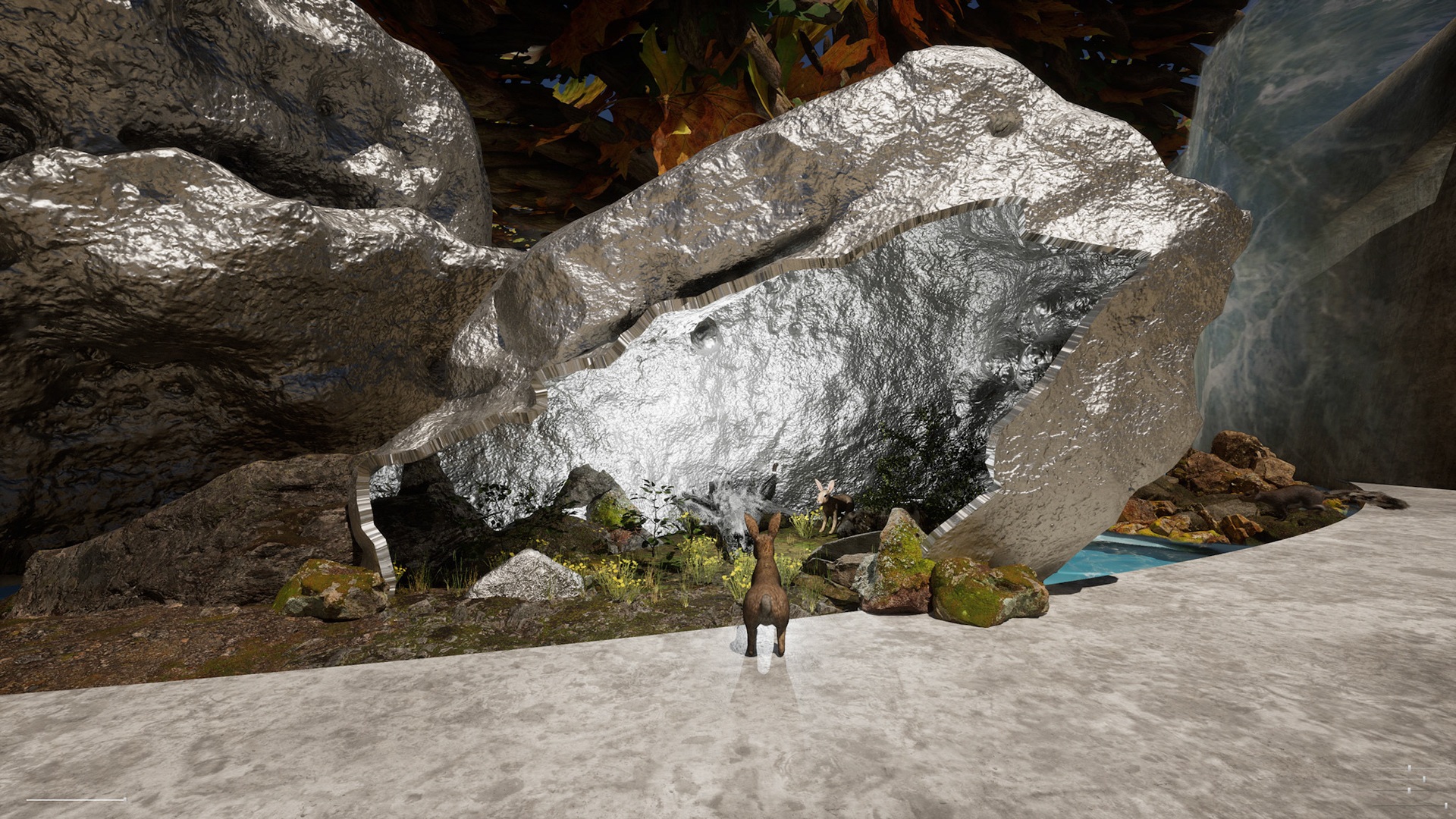

Overall, the reservoir provides various facilities integrating environmental science and education for the local community. The dynamic terraces are an integral element of the synthetic landscape driven by scientific purpose, demonstrating the evolution of the geology and environmental history of the site. As a result, students and local communities can reinvigorate the bond with the local environment.
Fall 2022 / Academic Project / SCI-Arc
Instructor / Marcelyn Gow
Partner / Wei-Chieh Wang
Instructor / Marcelyn Gow
Partner / Wei-Chieh Wang

